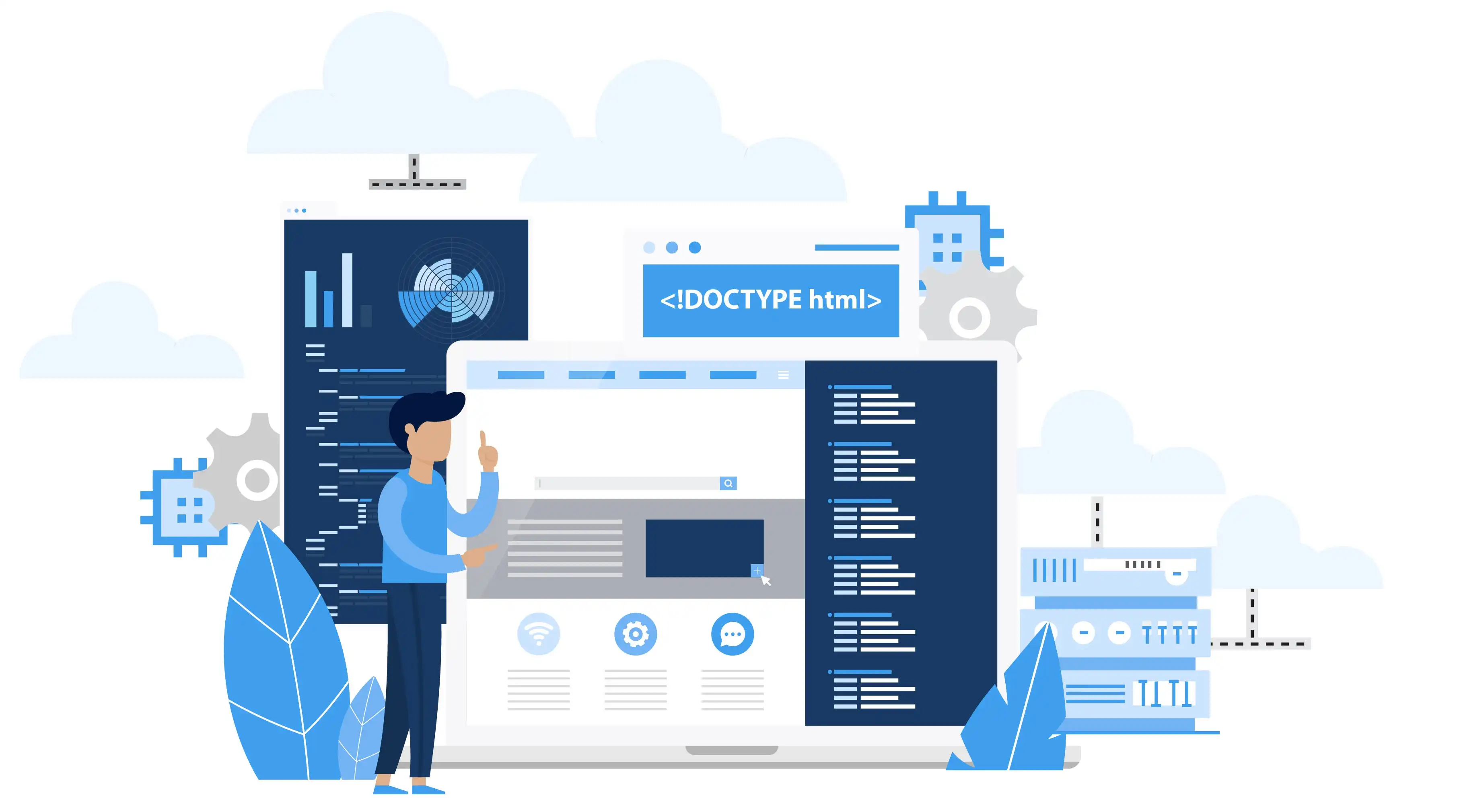In today's fast-paced digital world, where applications are the lifeblood of businesses, optimal performance is non-negotiable. A slow or malfunctioning app can send revenue plummeting, damage brand reputation, and leave users frustrated. That's where application monitoring comes in, acting as the vigilant guardian of your digital ecosystem.
What Is Application Monitoring?
Think of application monitoring as a high-tech health check for your software. It involves continuously collecting and analyzing data on various aspects of your application, including
Performance: Response times, resource utilization (CPU, memory), uptime/downtime.
Availability: Whether the application is accessible to users.
Functionality: Are features working as intended? Are there bugs or errors?
Security: Are there vulnerabilities or potential breaches?
By keeping tabs on these key metrics, you can identify and address issues before they snowball into major problems.
Why Is Application Monitoring Important?
The benefits of effective application monitoring are numerous
Enhanced User Experience: Fast, reliable apps keep users happy and engaged, boosting business loyalty and conversions.
Improved Performance: Identify and address bottlenecks before they impact performance, minimizing downtime and revenue loss.
Proactive Troubleshooting: Nip problems in the bud before they blossom into full-blown crises, saving time and resources.
Enhanced Security: Identify vulnerabilities and potential breaches before attackers exploit them, protecting sensitive data and brand reputation.
Data-Driven Decision Making: Monitor data to understand user behavior and resource usage, informing future development and optimization strategies.
On Wave Group: Application Monitoring Standards and Best Practices
At On Wave Group, we're passionate about crafting high-performing and reliable software. Here are some of our key application monitoring standards and best practices that we leverage to optimize performance for our clients:
Define Clear Performance Goals: Set specific, measurable, achievable, relevant, and time-bound (SMART) goals for your application's performance, like response times and uptime targets.
Monitor the Entire Stack: Don't just monitor the application itself, but also delve into the underlying infrastructure, including servers, databases, and network components. A holistic view reveals hidden bottlenecks.
Utilize Automated Alerts: Set up alerts for key metrics that trigger notifications when thresholds are crossed, allowing for immediate action before issues escalate.
Embrace Distributed Tracing: Understand the flow of data and requests through your application using distributed tracing tools. This pinpoints performance issues within complex microservices architectures.
Focus on User Experience: Monitor real user monitoring (RUM) data to understand how users perceive performance. Prioritize issues that directly impact user experience.
Invest in the Right Tools: Choose robust application monitoring tools that offer comprehensive data collection, analysis, and alerting capabilities.
Continuously Optimize: Monitoring is an ongoing process. Analyze data regularly to identify trends and areas for improvement, iterating and refining your monitoring strategy over time.
Conclusion
Application monitoring is no longer an optional add-on; it's an essential ingredient for success in today's competitive digital landscape. By adopting On Wave Group's recommended standards and best practices, you can ensure your applications deliver the performance, reliability, and user experience that sets your business apart.
Contact On Wave Group today, and let our expert team help you implement a robust application monitoring strategy that optimizes your digital performance and propels your business forward.
Bonus Tip
Remember, application monitoring is a team effort. Foster a culture of collaboration between development, operations, and security teams to ensure effective data utilization and prompt issue resolution.

